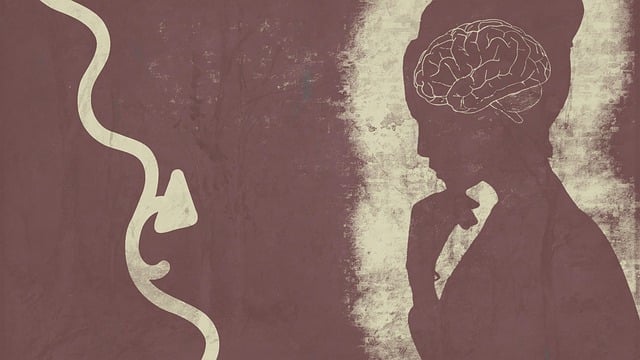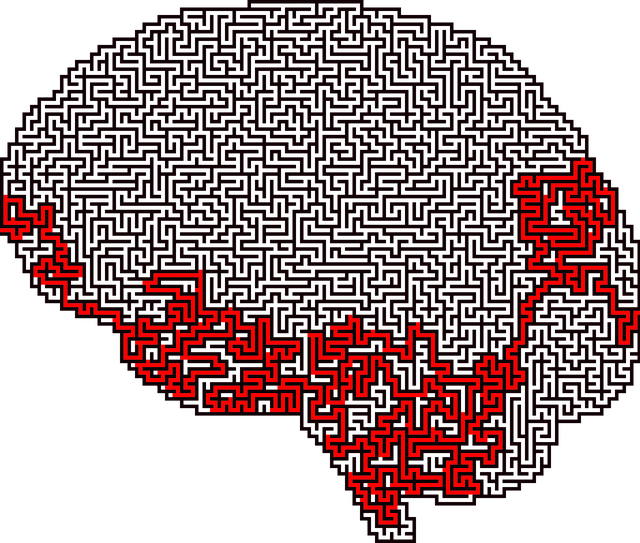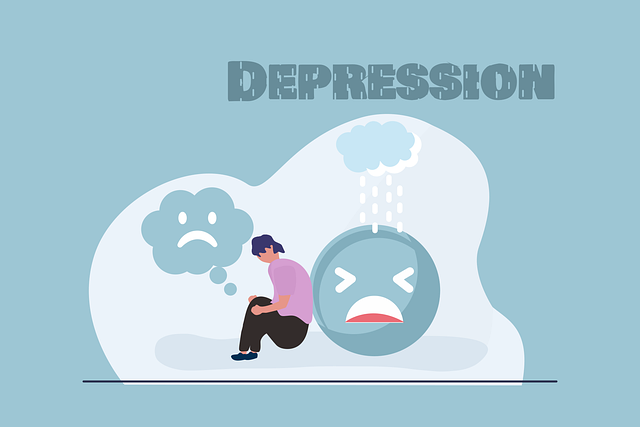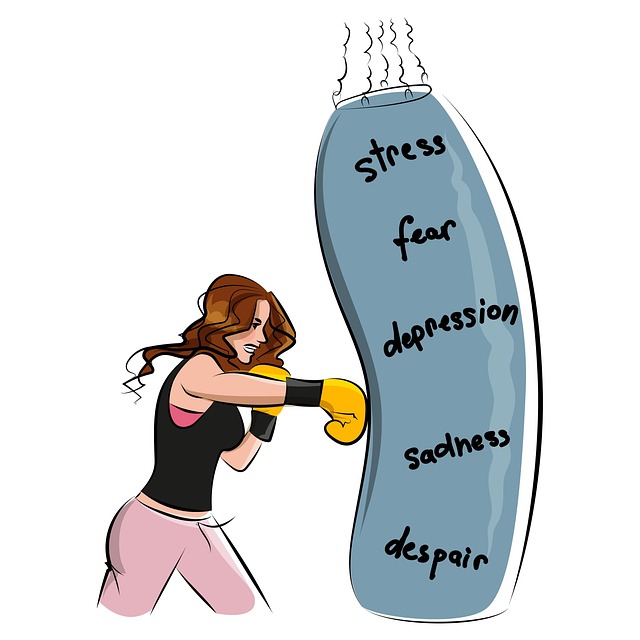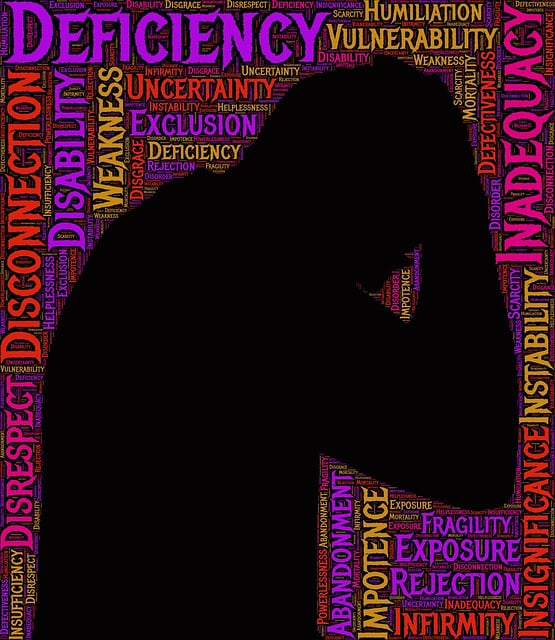Broomfield Panic Disorder and Anxiety Attacks Therapy is a specialized treatment using evidence-based practices like Resilience, Flexibility, and Mastery (RFM) principles. This approach empowers individuals to manage intense fear and distress by building emotional intelligence, stress management skills, and healthy coping mechanisms. Key techniques include mindfulness, cognitive reframing, physical activity, and cultural sensitivity training for mental health professionals. The Recognition-Exposure-Response Prevention (RFM) method offers structured guidance through Mental Wellness Journaling, helping patients track progress and develop strategies to reduce anxiety attacks, ultimately improving their quality of life.
Broomfield Panic Disorder and Anxiety Attacks can significantly impact daily life, making it crucial to explore effective therapy methods. This article delves into Resilient Focused Mindfulness (RFM), a game-changer in resilience building exercises for managing panic disorder. We’ll explore how RFM helps individuals navigate and overcome anxiety attacks. By understanding the role of RFM and implementing various exercises in therapy sessions, practitioners can offer powerful tools to enhance clients’ mental well-being. Discover the benefits, challenges, and practical strategies involved in this innovative approach to Broomfield Panic Disorder and Anxiety Attacks therapy.
- Understanding Broomfield Panic Disorder and Anxiety Attacks
- The Role of RFM in Resilience Building
- Types of Resilience-Building Exercises
- Implementing RFM in Therapy Sessions
- Benefits and Challenges of RFM for Panic Disorder Management
Understanding Broomfield Panic Disorder and Anxiety Attacks

Broomfield Panic Disorder and Anxiety Attacks Therapy is a specialized approach designed to help individuals cope with sudden, intense fear and distress that characterise these conditions. Often manifesting as recurrent, unexpected panic attacks, Broomfield Panic Disorder can significantly impact daily life, causing avoidance of situations feared to trigger an episode. Through therapy, individuals learn to understand their symptoms, identify triggers, and develop strategies to manage and reduce anxiety.
Emotional Intelligence plays a crucial role in this process, enabling people to recognise and regulate their emotions during panic attacks. Mental Health Awareness is paramount, fostering a supportive environment that encourages open dialogue about experiences. Stress Management techniques are integral to the therapy, offering practical tools to navigate triggers and build resilience. By addressing these aspects, Broomfield Panic Disorder and Anxiety Attacks Therapy empowers individuals to lead more fulfilling lives, free from the pervasive fear and limitation of these disorders.
The Role of RFM in Resilience Building

Resilience building exercises play a pivotal role in enhancing one’s ability to cope with stress and adversity, especially for individuals dealing with conditions like Broomfield Panic Disorder and Anxiety Attacks Therapy. RFM (Recovery, Resilience, and Mental Health) approaches are designed to empower people by providing them with tools to navigate challenging situations. These techniques focus on fostering mental fortitude, encouraging healthy coping mechanisms, and promoting overall well-being.
The integration of RFM into therapy sessions, particularly for anxiety disorders, offers a holistic framework. By combining evidence-based practices with culturally sensitive care, healthcare providers can deliver effective treatment. This includes incorporating exercises tailored to depression prevention and mental health awareness, ensuring individuals develop resilience that extends beyond the therapy room. Cultural competency training for mental health professionals is essential in this process, enabling them to address diverse needs within a supportive environment.
Types of Resilience-Building Exercises

Resilience-building exercises are a crucial component of Broomfield Panic Disorder and Anxiety Attacks Therapy, helping individuals cultivate coping mechanisms to navigate life’s challenges. These exercises span various forms tailored to different needs and preferences, ensuring a holistic approach to mental well-being. One popular method involves mindfulness practices, such as meditation and deep breathing techniques, which have been shown to reduce anxiety and promote calmness. By focusing on the present moment, individuals can better manage stress responses and build mental fortitude.
Another effective type is cognitive reframing, where patients are encouraged to challenge negative thought patterns and replace them with more positive and realistic perspectives. This exercise, often incorporated into therapy sessions, empowers individuals to reframe stressful situations, fostering a sense of control and enhancing their overall resilience. Moreover, engaging in regular physical activity, like yoga or outdoor adventures, can boost mood, reduce symptoms of anxiety disorders, and enhance one’s ability to cope with life’s uncertainties, all while considering cultural sensitivity in mental healthcare practice and risk management planning for mental health professionals.
Implementing RFM in Therapy Sessions

Incorporating RFM (Resilience, Flexibility, and Mastery) principles into therapy sessions has proven to be a game-changer for individuals struggling with Broomfield Panic Disorder and Anxiety Attacks Therapy. This approach not only enhances traditional treatment methods but also empowers clients to develop inner strength and emotional regulation skills. By focusing on these key aspects, therapists can help patients navigate the challenges of anxiety disorders more effectively.
RFM exercises are designed to foster resilience by teaching individuals how to respond to triggers differently. It involves learning conflict resolution techniques that allow them to manage intense emotions and break free from the cycle of panic attacks. This tailored strategy enables clients to build emotional agility, ensuring they can maintain a sense of calm even in stressful situations. Through regular practice, these exercises enhance overall well-being, making individuals more adept at handling anxiety symptoms and fostering a greater sense of self-mastery.
Benefits and Challenges of RFM for Panic Disorder Management

The Recognition-Exposure-Response Prevention (RFM) therapy method has proven to be a powerful tool in managing panic disorder and anxiety attacks, as evidenced by its popularity in Broomfield Panic Disorder and Anxiety Attacks Therapy. This approach combines cognitive and behavioral techniques to help individuals confront and change their responses to fear triggers. One of the key benefits of RFM is its ability to provide structured guidance for both the therapist and the client, facilitating a more personalized Mental Wellness Journaling Exercise. Through this process, individuals can track their progress, gain insights into their anxiety patterns, and develop effective coping strategies.
Despite its effectiveness, RFM implementation comes with challenges. Designing Mental Health Education Programs that effectively teach RFM requires specialized knowledge and skills to ensure the exercises are tailored to individual needs without causing distress. Furthermore, building confidence in individuals to confront their fears can be a slow process, demanding consistent commitment and practice. However, when executed properly, RFM offers a transformative journey towards improved mental wellness, empowering clients with tools to manage anxiety attacks more effectively in their daily lives.
The implementation of RFM (Resilience-Building Exercises) in therapy sessions offers a promising approach to managing Broomfield Panic Disorder and Anxiety Attacks. By employing specific exercises tailored to an individual’s needs, therapists can empower clients to develop resilience and effectively navigate their symptoms. While challenges exist, the benefits are significant, allowing individuals to take control of their mental health and lead more fulfilling lives. This holistic method has the potential to revolutionize anxiety therapy, providing lasting coping strategies for those affected by Broomfield Panic Disorder.
